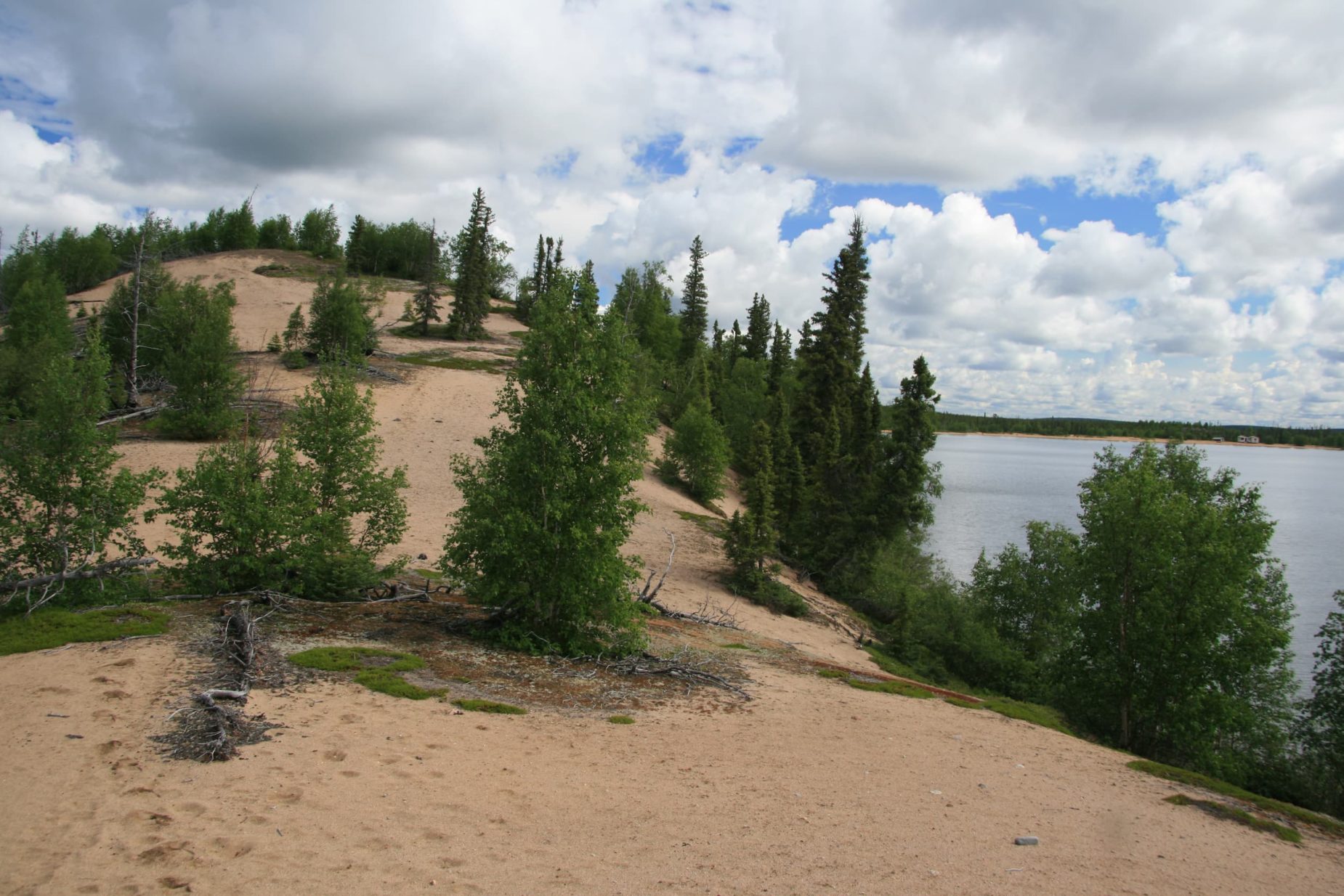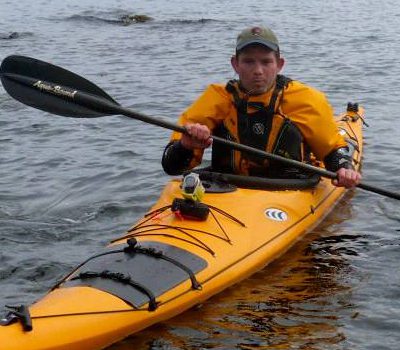An incredible wilderness adventure and bucket list destination!
Exploring the Eskers
The North Seal River area is home to unique geographical formations- Sand eskers. Eskers are large continuous sand dunes that run continuously, some rising 200-400’ above the neighboring landscape and many stretching over 25-50 miles and many even longer. They were formed by the run-off from the rivers underneath the last glaciers 8,000 years ago. There are 13 major eskers in the region surrounding Egenolf Lake, the largest concentration of eskers in North America. Amongst these is the Robertson Esker, one of the most famous and at more than 180 miles (approximately 300 km), one of the longest in the world. The unique topography of the Eskers creates a habitat for plants, animals, and geological features unlike any other. Their beauty and peaceful surroundings are indescribable.

Providing unique habitats

The eskers are loaded with history, having been used as migration routes by Barren-ground caribou and other wildlife for thousands of years. Archeological artifacts, commonly found on the eskers, indicate that ancient indigenous peoples used them as key travel and hunting routes since the glaciers left the region approximately 8,000 years ago. Eskers intersect all of the lakes Ganglers destinations are based on. Whether on a guided tour or a leisurely hike, you will marvel at their beauty which creates the unique North Seal habitat.
When you desire a break from Gangler’s incredible angling, we invite you to explore and learn about the incredible sand eskers of this region.
Esker Tour
Gangler’s Sub-Arctic is host to the highest concentration of Sand eskers in North America, left from the last glaciers 8,000 years ago. Their distinctive physical attributes give the area a unique beauty unlike anything you may have ever encountered. Visit our Erratics, huge boulders transported Northwards over 300 miles during the last ice age.
Bike to the top of an esker
Enjoy a unique ride through the transitional boreal forest or on the top of the eskers on a Salsa Fat Tire bike. It will be a ride unlike any you have ever experienced. Or you can be dropped off by floatplane and enjoy your biking expedition back to the lodge!
What’s Next
The Lodge
Yes, there are vast amounts of really, really, big fish. But your trip to North Seal River Lodge is also about adventure, discovery and luxury.
Outposts
Looking for an unforgettable ambiance and mile after mile after mile of trophy water?
Join our Newsletter
Stay up to date with all our news and specials through our spam free Newsletter.

